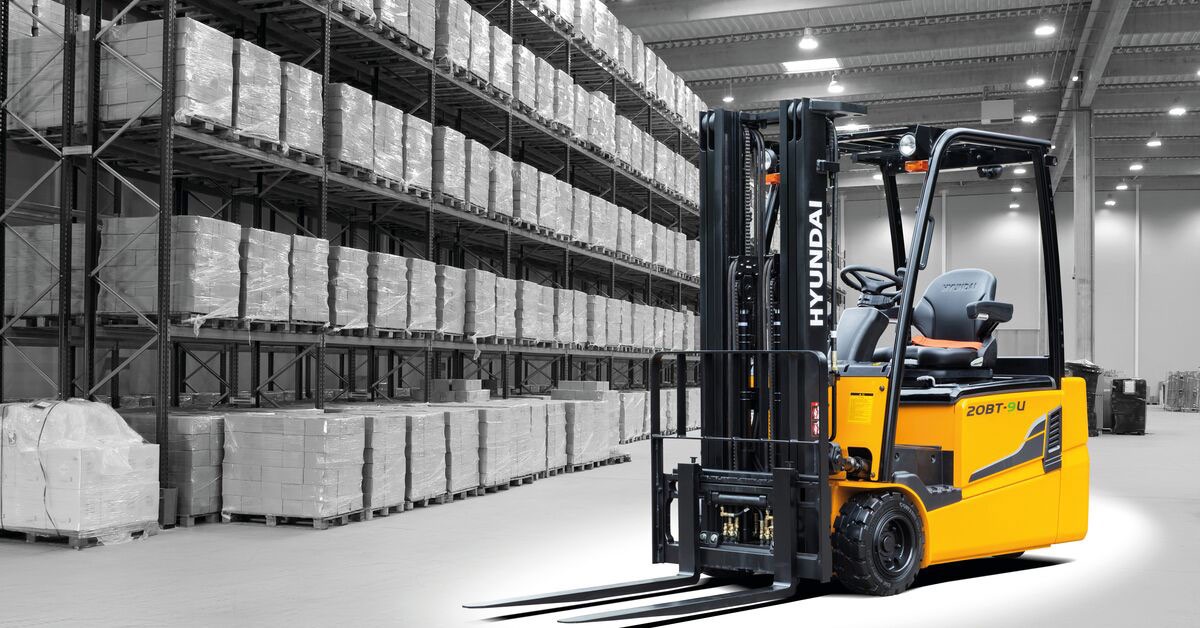Introduction
Forklifts are essential machines in warehouses, manufacturing facilities, and construction sites, enabling efficient movement and transportation of heavy loads. However, their immense power and capabilities also come with inherent risks. Without proper safety measures in place, forklift accidents can result in severe injuries, property damage, and even fatalities. To mitigate these risks, conducting a comprehensive forklift risk assessment is crucial. This article explores the importance of forklift risk assessment and provides guidelines for implementing effective safety measures.
Understanding Forklift Risks
Before delving into the risk assessment process, it is vital to understand the potential hazards associated with forklift operations. Some common risks include:
-
Collisions: Forklifts moving at high speeds or in congested areas can collide with pedestrians, other vehicles, or structures, causing significant damage and injuries.
-
Tip-overs: Forklifts have a high center of gravity, making them prone to tip-overs if they are overloaded, operated on uneven surfaces, or maneuvered recklessly.
-
Falling objects: Improperly secured loads or unstable pallets can lead to falling objects, endangering nearby workers and causing injuries.
-
Pedestrian accidents: Inadequate separation of pedestrian walkways and forklift operating areas can result in collisions and accidents.
-
Inadequate training: Insufficient operator training and lack of knowledge about safe operating procedures can increase the risk of accidents.
Conducting a Forklift Risk Assessment
A thorough forklift risk assessment involves a systematic evaluation of potential hazards and the implementation of appropriate controls. The following steps can guide organizations in conducting an effective risk assessment:
-
Identify hazards: Begin by identifying potential risks associated with forklift operations specific to your workplace. This includes analyzing the layout, traffic patterns, and load-handling processes. Consult with forklift operators, supervisors, and safety personnel to gain insights into potential hazards.
-
Assess risks: Evaluate the likelihood and severity of each identified hazard. Consider factors such as frequency of exposure, consequences of incidents, and the number of people at risk. This assessment will help prioritize risks for control measures.
-
Implement control measures: Once hazards are identified and risks assessed, develop and implement control measures to minimize or eliminate them. This may involve a combination of engineering controls (e.g., installing safety barriers, optimizing traffic flow), administrative controls (e.g., implementing clear operational procedures, conducting regular inspections), and personal protective equipment (e.g., high-visibility vests, protective headgear).
-
Provide adequate training: Ensure all forklift operators receive comprehensive training on safe operating procedures, load handling, and maintenance. Regular refresher courses should be conducted to reinforce knowledge and address any emerging concerns or updates.
-
Establish clear communication channels: Effective communication is essential for maintaining a safe working environment. Implement protocols for reporting near misses, incidents, and hazards promptly. Encourage open dialogue between forklift operators, pedestrians, and supervisors to address safety concerns and improve overall awareness.
-
Regular inspections and maintenance: Develop a rigorous inspection and maintenance schedule to promptly identify and address any mechanical issues. Faulty brakes, steering mechanisms, or warning systems can significantly increase the risk of accidents.
-
Continuous improvement: Regularly review and update safety protocols and procedures based on incident reports, new regulations, and emerging best practices. Encourage feedback from forklift operators and other personnel to identify potential areas for improvement.
Conclusion
Forklifts are powerful tools that greatly enhance material handling operations but pose significant risks if not managed properly. A comprehensive forklift risk assessment is crucial to identify potential hazards, assess associated risks, and implement appropriate control measures. By prioritizing safety through adequate training, effective


No comments yet